Villa Hakasalmi’s new exhibition is a fascinating time jump to Helsinki in the 60s as photographed by Ismo Hölttö
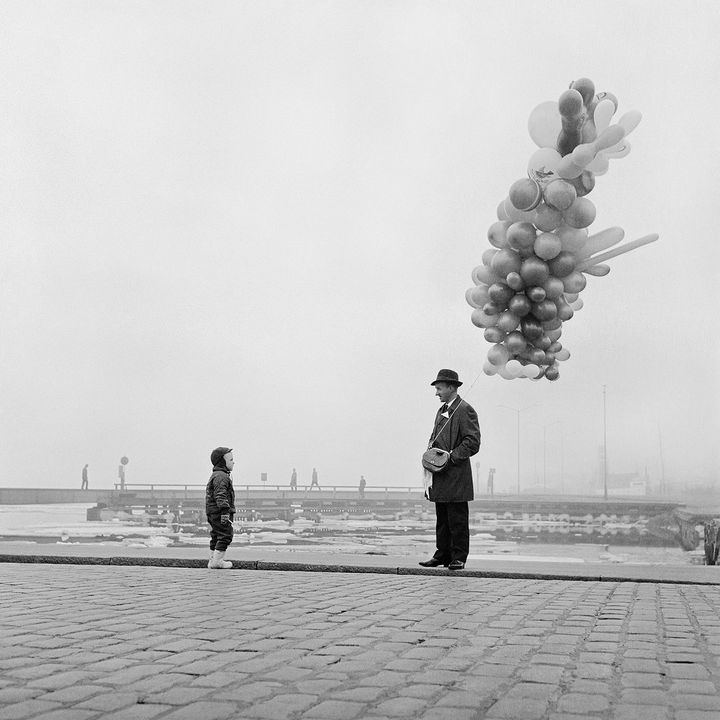
Ismo Hölttö (born 1940) grew up in Töölö and graduated as a goldsmith from the School of Arts, Design and Architecture in 1960. Photography was his hobby. The self-taught photographer honed his skills at Helsinki Camera Club, which he joined in 1961. Hölttö was awarded several prizes in photography in the 1960s both in Finland and abroad. Thanks to the state artist grant, he was able to stop working as a goldsmith, start working as a commercial photographer and found his own studio in 1970. He was awarded half of an artist’s pension by the state in 2002. Hölttö has published several photographic works, some of them with Mikko Savolainen.
Hölttö’s most productive period was in the 1960s, when Finland was going through many changes and developing into a modern industrial state. The development of social security and the first endeavours into establishing the comprehensive school were making Finland a welfare state. Helsinki grew due to migration from rural areas, passing the milestone of 500,000 residents in the late 1960s. New residential districts were planned in suburban areas. Old buildings were demolished in the city centre, concrete and asphalt were taking over.
Finns observed the world keenly. The wars in Vietnam and Biafra, nuclear weapons, the Cold War and space missions became part of everyday life, as more and more homes had televisions. Popular culture, marketing and the birth of consumer society shaped our way of life. The youth became radical and started dressing differently, when street fashion from London complete with mini skirts landed in Helsinki.
The changes are represented in Ismo Hölttö’s photographs
155 black and white photographs from the artist’s works from the 1960s have been selected for the exhibition at Villa Hakasalmi. They represent the young artist’s view of his home town, its people and the era as a whole. Viewers today will see many residents of Helsinki from the recent past looking back at them from the images, posed in front of scenery that has in part disappeared. The images stir nostalgia, memories and curiosity in the mind of the viewer – who are the people in the photographs and what was their life like?
”The photos in the exhibition are Ismo Hölttö’s view of Helsinki in the 1960s. They depict a large group of people, with the partially lost city and its bustle in the background, the decade of changes and upheaval at the level of daily life. For many who lived in that era, the exhibition is sure to be a nostalgic trip to the past, and for younger audiences, it’s a fascinating time jump to everyday life and fashion in the 60s,” says Museum Director Reetta Heiskanen.
Ismo Hölttö – Encounters in Helsinki during the 1960s
16 October 2020–28 August 2021
Helsinki City Museum
Villa Hakasalmi
Mannerheimintie 13 b
Open Tue 11 am–7 pm, Wed–Sun 11 am–5 pm
Entrance fee €12/10, free entry to under 18s and Museum Card holders.
Keywords
Contacts
Helsinki City Museum, photo collections, chief curator Tuomas Myren, tuomas.myren@hel.fi, +358 (0)40 574 8920
Helsinki City Museum, Communications Planner Katja Pyykkö, katja.pyykko@hel.fi, +358 (0)40 572 2905
Images
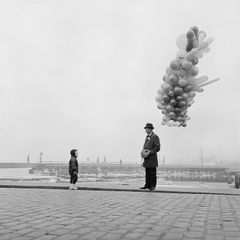
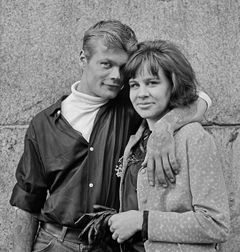
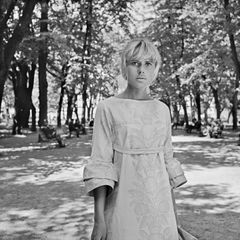
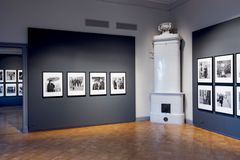
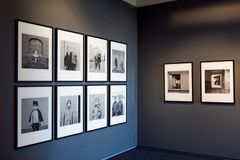
Links
About Helsingin kaupunki, kulttuurin ja vapaa-ajan toimiala
Villa Hakasalmi – a museum since 1911
Villa Hakasalmi is located between Finlandia Hall and the Helsinki Music Centre, near Töölönlahti Bay. The elegant building is a fine example of a Neoclassical villa. The best-known resident of Villa Hakasalmi was Aurora Karamzin (1808–1902). Today, Villa Hakasalmi is a part of Helsinki City Museum and houses temporary exhibitions.
Subscribe to releases from Helsingin kaupunki, kulttuurin ja vapaa-ajan toimiala
Subscribe to all the latest releases from Helsingin kaupunki, kulttuurin ja vapaa-ajan toimiala by registering your e-mail address below. You can unsubscribe at any time.
Latest releases from Helsingin kaupunki, kulttuurin ja vapaa-ajan toimiala
Helsingissä tapahtuu joulunpyhinä – kirjastot kutsuvat jouluaattona, nuorisotaloilla uudenvuoden ohjelmaa ja tekojäille pääsee luistelemaan18.12.2025 08:00:00 EET | Tiedote
Joulu ja vuodenvaihde tuovat mukanaan poikkeusaukioloja, mutta Helsingissä riittää tekemistä myös pyhien aikaan. Jouluaattona kolme kirjastoa toivottaa kaupunkilaiset tervetulleiksi, nuorisotaloissa järjestetään toimintaa ja tekojäillä pääsee luistelemaan lähes kaikkina päivinä. Kulttuurikeskuksissa nautitaan koko perheen elokuvista sekä Lux Helsingin valotaiteesta.
Det händer och sker i Helsingfors under julen och nyåret – biblioteken bjuder in stadsborna på besök på julafton, ungdomsgårdarna lockar ungdomarna med nyårsprogram och på konstisbanorna kan alla skrinna av hjärtans lust18.12.2025 07:59:00 EET | Pressmeddelande
Julen och nyåret innebär särskilda öppettider, men det finns mycket att göra i Helsingfors också under helgdagarna. På julafton välkomnar tre bibliotek helsingforsarna, många ungdomsgårdar har alla möjliga aktiviteter och de konstgjorda isbanorna är öppna för skridskoåkning nästan varje dag. Kulturcentren erbjuder filmer för hela familjen och Lux Helsinki lyser upp fasader, parker och torg med ljuskonst 6-11.1.
Vuoden 2026 Helmet-haasteet on julkaistu17.12.2025 09:41:44 EET | Tiedote
Vuoden 2026 Helmet-haasteet on julkaistu Helmet-verkkokirjastossa 17.12.2025. Helmet-kirjastot haastavat lukijat, kuuntelijat, pelaajat ja katsojat jälleen kirjojen, musiikin, pelien ja elokuvien pariin.
Päätöstiedote: kulttuuri- ja vapaa-aikalautakunnan kokous 16.12.202516.12.2025 18:34:24 EET | Tiedote
Helsingin kaupungin kulttuuri- ja vapaa-aikalautakunnan 16.12.2025 kokouksen päätöstiedote on julkaistu.
Nu börjar staden och stadsborna tillsammans planera renoveringen av Annegården – barnen är välkomna att delta med egna idéer15.12.2025 15:19:28 EET | Tiedote
Staden börjar reparera Annegården i grunden i början av 2030-talet och nu gäller det för både barn och vuxna helsingforsare att leka fram fina idéer och fyndiga förslag. Den 7-31 januari kan barn och familjer som vill påverka delta i en serie evenemang under devisen "Ska vi leka?" Hur ska de framtida utrymmena se ut i stadens omtyckta konstcentrum för barn och unga? Och vilken ska verksamheten vara i nyrenässansbyggnaden på Annegatan?
In our pressroom you can read all our latest releases, find our press contacts, images, documents and other relevant information about us.
Visit our pressroom
